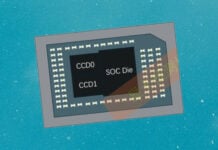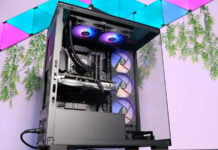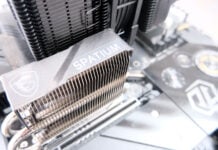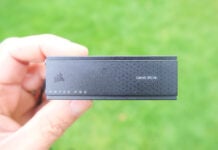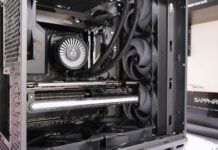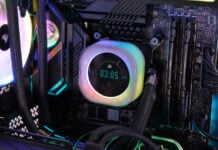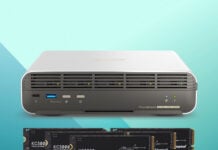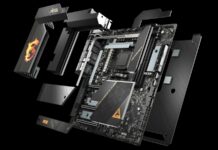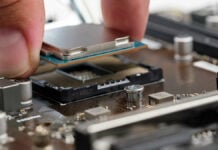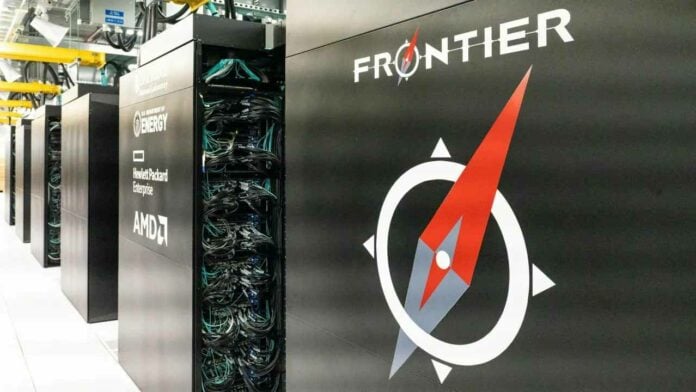
Recent upgrades to the Frontier supercomputer, located at the Oak Ridge Leadership Computing Facility (OLCF), have propelled the all-AMD beast to the top of the Top500 list.
The lead over second-placed Fugaku system is vast. As measured by the industry-standard Linpack benchmark, Fugaku’s 442-petaflops throughput is put firmly in the shade by upgraded Frontier, which achieves a Linpack score of, wait for it, 1,102 petaflops.
Put another way, the 1.1-exaflops performance is over twice as high as any previous supercomputer. Based on the latest HPE Cray EX235a architecture and equipped with 3rd Generation AMD Epyc 64-core processors clocked in at 2GHz, the system has 8,730,112 total cores, a power efficiency rating of 52.23 gigaflops/watt, and relies on gigabit ethernet for data transfer, according to the official specification sheet.
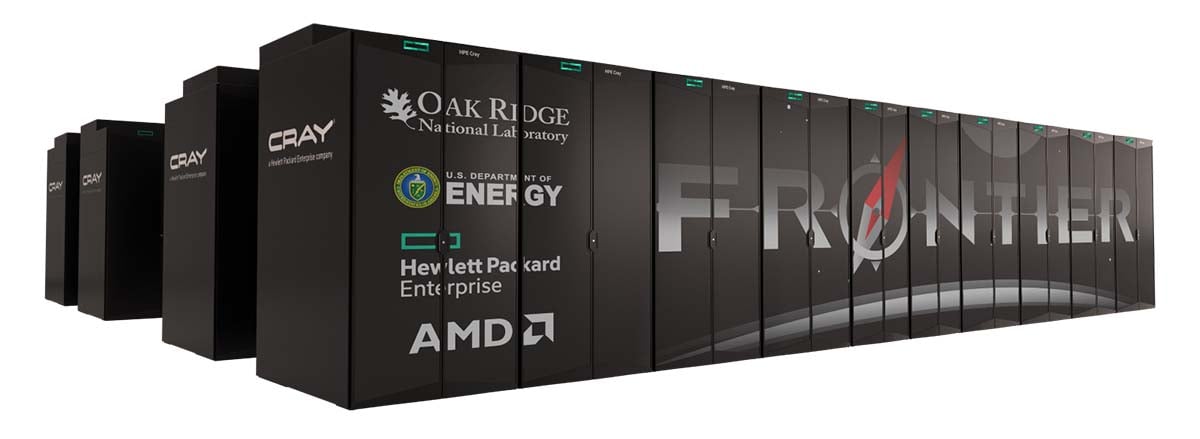
Frontier also houses AMD Instinct MI250X GPUs and has a theoretical peak throughput of 1.686 exaflops. Framing performance into some kind of meaningful context, 2001’s NEC-built ‘Earth Simulator,’ which was the fastest supercomputer in the world between 2002 and 2004, returned a Linpack score of 35.86 teraflops. Newly-improved Frontier achieves a score that’s over 30,000 higher. Food for thought.
“The Frontier supercomputer, powered by AMD and HPE, represents a massive step forward for both science and for the HPC industry,” said Bronson Messer, director of science, Oak Ridge Leadership Computing Facility. “Our collaboration with AMD has been critical for us to ensure that we deploy the world’s leading platform for computational science. The Frontier supercomputer taps into the combined performance of enhanced AMD CPUs and AMD Instinct accelerators, along with an enhanced AMD ROCm 5 open software platform, to deliver the performance researchers need to carry out scientific research for the good of all mankind.”


